20 reasons you should visit Iceland this summer, now it's on the green list
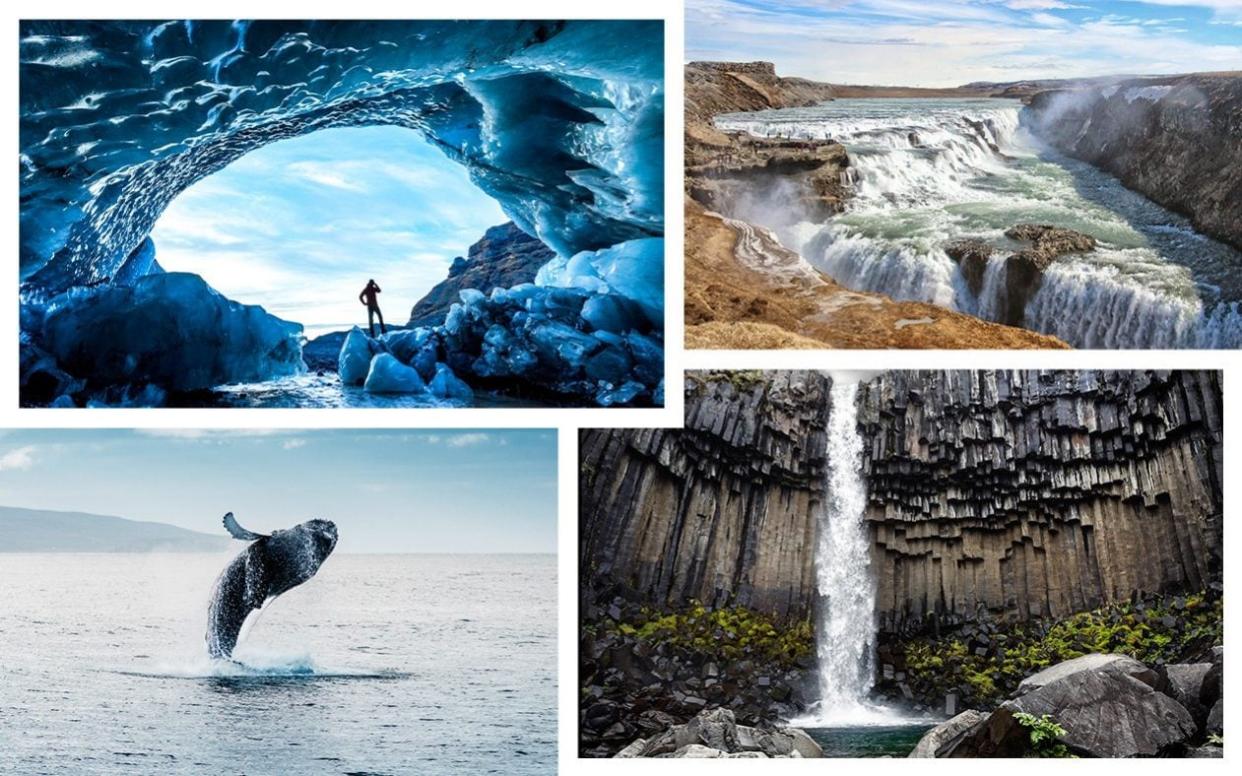
The recent eruption of Mount Fagradalsfjall on Iceland’s Reykjanes Peninsula is a timely reminder of the country’s powerfully raw nature. Compared with the 2010 eruption of Eyjafjallajokull, whose ashy discharges wreaked havoc, leading to more than 100,000 cancelled flights across Europe, it was relatively small fry. Rather than post-apocalyptic scenes of darkened skies, viral videos have shown scientists cooking sausages on the red-hot lava and locals casually playing volleyball nearby.
But the eruption, as well as the news that Iceland has made it on to the UK government’s coveted “green” list, has shone the spotlight once again on one of Europe’s most popular destinations. It will be a welcome relief for the country, which has suffered more than most from the lack of tourism: pre-pandemic, Iceland’s visitor statistics had been bouncing ever-upwards, reaching 2.34 million in 2018 – a staggering figure for a country of just over 300,000 inhabitants.
This has slowed to a relative trickle in the past year or so, despite the country managing domestic infection rates impressively well. Tourists within the EU/EEA have been allowed to visit according to strict testing and quarantining rules, but since March 18, all fully vaccinated Britons – and those who can show proof of prior infection – have been allowed to enter Iceland without having to undergo either PCR testing or quarantine. We just haven’t known when we’ll be allowed to go – until now.
Since it will inevitably take a while for the country’s visitor numbers to bounce back, one of the benefits of packing up and travelling as soon as possible from May 17 is how quiet it will be. Iceland is renowned as a rather expensive destination, but prices are also lower than usual right now, with many hotels, restaurants and tour operators offering discounts.
What’s more, with winter out of the way and spring in full flow, much of the country is accessible, including the vast interior, which hosts some of the country’s most otherworldly landscapes. If hiking glorious mountains isn’t your thing, why not take a drive around the Ring Road and explore the innumerable beguiling sights along the coastline, which range from glacier lagoons and black sand beaches, to winding fairy-tale fjords, charming fishing villages, bubbling geothermal areas and thundering waterfalls?
For more adventurous souls, there’s an endless list of activities to get stuck into, including helicopter rides over volcanoes, snowmobiling on glaciers, rafting along glacial rivers, and descents into lava tunnels. Here are just 20 reasons to hop on that plane...
Thingvellir National Park
Less than an hour’s drive from Reykjavik, this dramatic, lava-strewn valley provides a snapshot of the kind of majestic terrain that can be found around the rest of the country – making it a great option if you are short on time. It has immense historical value for the country too, as the place where Viking settlers decided, in AD 930, to set up their annual General Assembly (the Althing, which lasted until 1799). Although no permanent buildings were erected here, you can find outlines of tented camps or booths from the 17th and 18th centuries, and visit the outcrop from which speakers used to recite the country’s laws. As well as abundant flora (moss, lichen, orchids, birch trees) and wildlife (swans, ptarmigans, minks, Arctic foxes), the park also offers waterfalls, lakes, and a pretty church that dates back to 1859 (thingvellir.is).
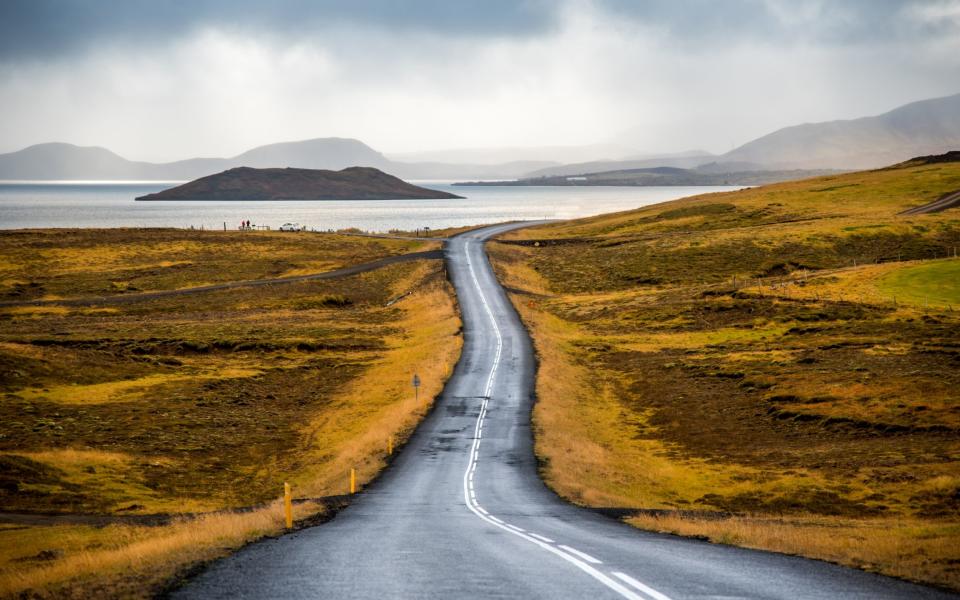
Lake Myvatn
This spectacular region in northern Iceland is set around the eponymous lake and features a surreal medley of extinct volcano cones, bubbling mud pits, twisted lava formations, and thermal bathing pools. The lake itself is six miles long and four miles wide (it is Iceland’s fourth largest) and was created by volcanic activity around 4,000 years ago; the northern and eastern sides offer an incredible array of lava formations. Nearby, Dimmuborgir lava fields are peppered with volcanic caves and rock formations that might be familiar to Game of Thrones fans. Boiling mud pools, smoking fumaroles and natural springs can be found at Namaskard; or you can enjoy a dip at the Myvatn Nature Baths (myvatnnaturebaths.is)
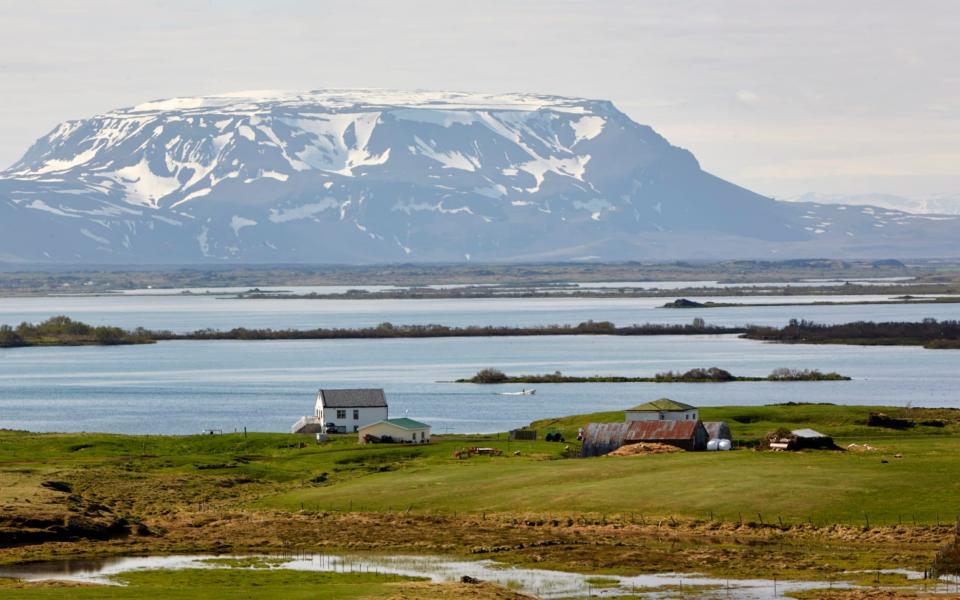
Sn?fellsjokull National Park
The mighty Sn?fellsjokull volcano on Iceland’s west coast is large enough to be seen from Reykjavik, a two-hour drive away. It was made famous by Jules Verne’s novel Journey to the Centre of the Earth, and these days is a popular destination for hikers, climbers and bird-watchers. The associated national park also takes in the Sn?fellsnes Peninsula, a stunning stretch of coastline that spans waterfalls (Bjarnafoss), caves and mountains (including Kirkjufell – or Arrowhead to GoT fans), and black sand beaches, such as the one at Djupalonssandur. The hike between Hellnar and Arnarstapi is a fine way to appreciate the coastline’s rich mix of scenery and wildlife, which can include seals and white-tailed sea eagles (snaefellsjokull.com).
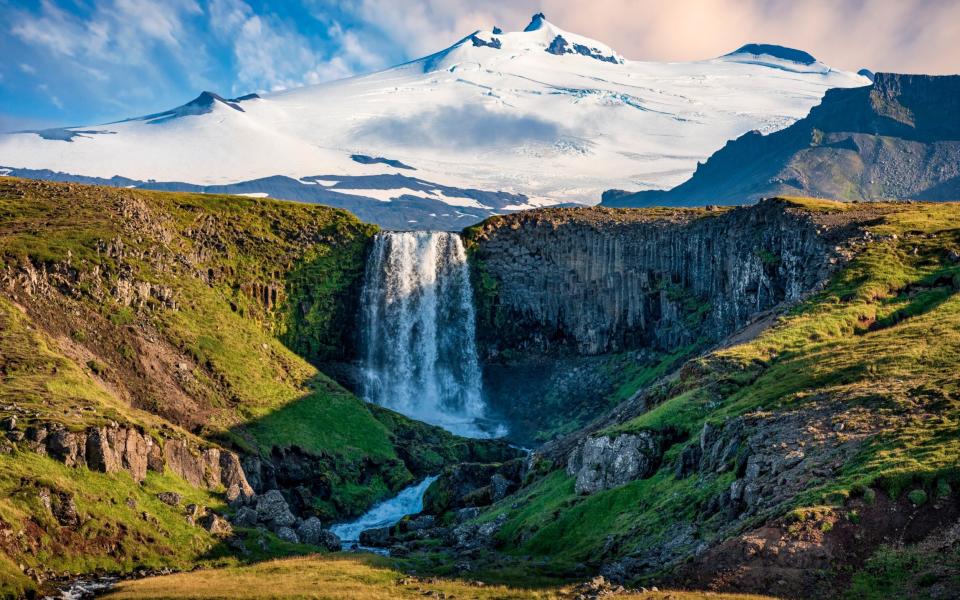
Latrabjarg Bird Cliffs
These dramatic 1,440ft-high cliffs in the Westfjords are home to millions of seabirds that breed here each summer. It’s a truly breathtaking spectacle to witness so many puffins, cormorants, kittiwakes, razorbills and guillemots circling around, and also fascinating to note how they nest in the cliffs at different heights. The distinctive layers of the cliffs also reveal different geologic eras, while the smell of guano shows how the cliffs are something of a natural toilet for the birds (it actually fertilises the grass at the cliff top, which the puffins use for their nests). Further south along the coast is the equally impressive Raudasandur (red-sand) beach.

The Blue Lagoon
Open since the 1980s, The Blue Lagoon first became popular with locals as a bathing spot after the outflow of a geothermal power station inadvertently heated the water. Today, it is one of Iceland’s most famous tourist destinations. The main lagoon’s contrast of black lava boulders and powder-blue water is utterly alluring, and the site has been expanded to include a beauty treatment centre, a boutique full of associated products, a very good restaurant (Lava), and two on-site hotels – the Retreat Hotel and Silica Hotel – for those who want to make a weekend of it. If you have your own transport, the nearby Reykjanes peninsula is worth exploring. Day visits cost from £34pp (00 354 420 8800; bluelagoon.com).
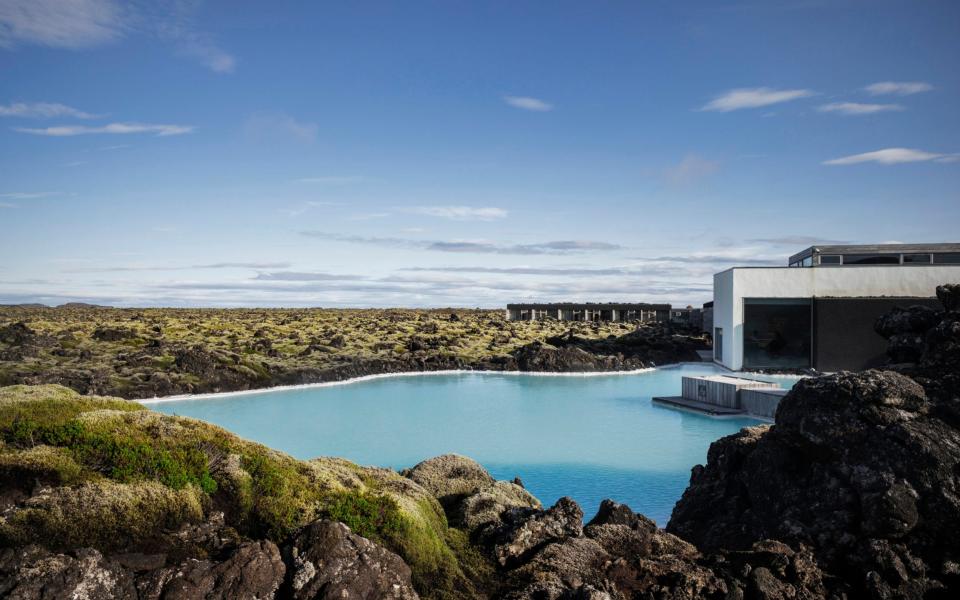
Curious culinary offerings
Iceland’s culinary scene runs from the obvious (locally sourced lamb, seafood and dairy) to the fairly odd and arguably unethical (fermented shark, cured horse, minke whale steaks). Restaurants around the country lean towards the former, with traditional lamb and fish dishes (cod, herring, char) supplemented by international offerings such as pizza, salads, burgers and pasta. But do not be surprised to see some of the latter on the occasional menu, along with other esoteric offerings like sheep’s head jelly and ram testicles. Slightly more accessible are the classic Icelandic hot dog (pylsur), the yogurt-esque Skyr, and Icelandic liquorice.
Gullfoss
One of the main stops on the Golden Circle tour is the famous waterfall Gullfoss (which translates as “Golden Falls”), and is one of Iceland’s most impressive. Set in a deep canyon along the Hvita glacial river, the power and beauty of its two-tier cascades are a sight to behold. Named after the “golden” clouds of rainbow-tinged spray that often hang above it, the canyon continues downstream and passes through scenic basalt columns. These can be reached via a walking trail or on a more adventurous white-water rafting trip. Look out for the commemorative plaque to Sigridur Tomasdottir, a local lady whose activism saved the falls from being destroyed by a dam project and eventually led to them becoming protected in 1979 (gullfoss.is).
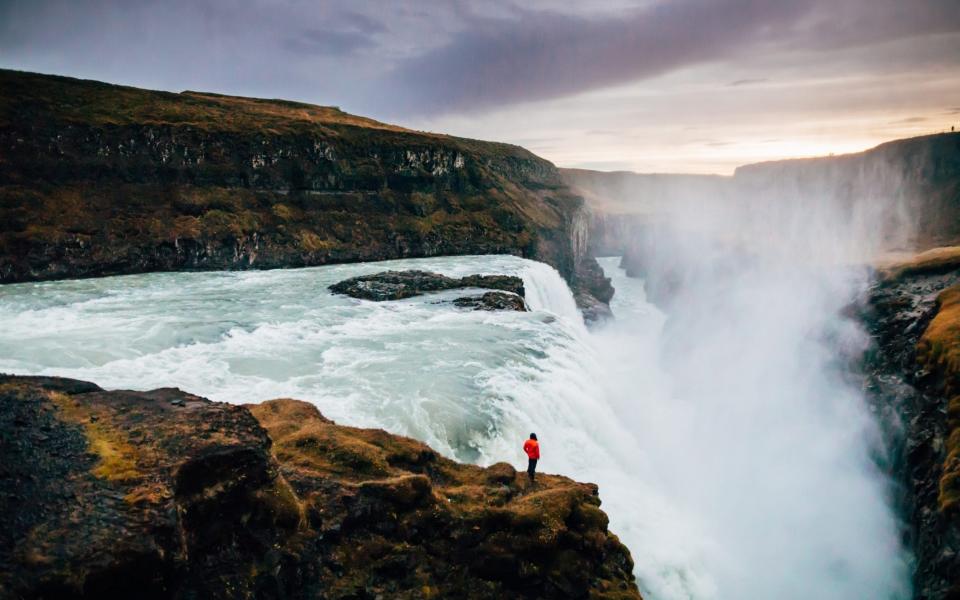
Jokulsarlon
Iceland is an Instagrammer’s dream, but this surreal glacier lagoon, located between the Breidamerkurjokull glacier and the sea, is especially photogenic. Formed after the glacier started to recede in the 1940s, it is three miles across and quite narrow, but especially deep. Its unique aesthetic comes from the pale blue icebergs of assorted sizes that sit in the lagoon, slowly making their way from the glacier from which they have broken off towards the sea. Smaller ice formations sit attractively on the nearby black sand beach, waiting for visitors to snap them before they disappear forever, changing shape as they melt. It is also possible to take kayak trips on the lagoon, where you might spot seals, porpoises and small whales (icelagoon.is).
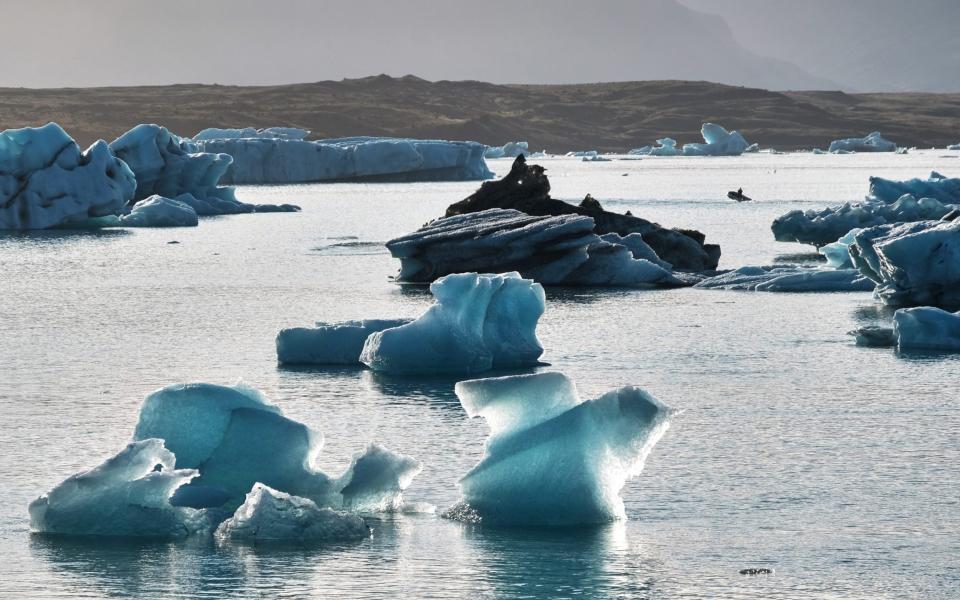
Vatnajokull National Park
This expansive nature reserve covers an incredible 14 per cent of Iceland’s surface, making it the largest national park in western Europe (vatnajokulsthjodgardur.is). Named after the spectacular Vatnajokull ice cap and its outrunning glaciers, it features an entire ecosystem of waterfalls and rivers, mountains and gorges. Activities abound, from hiking and ice-climbing, to snowmobiling and kayaking. Highlights include Scaffoldage – a smaller park within the park – home to a highland plateau that is excellent for hiking; Dettifoss, Europe’s most powerful waterfall; and the horseshoe-shaped ásbyrgi canyon. Experienced climbers can tackle Hvannadalshnukur, Iceland’s highest point (6,920ft).
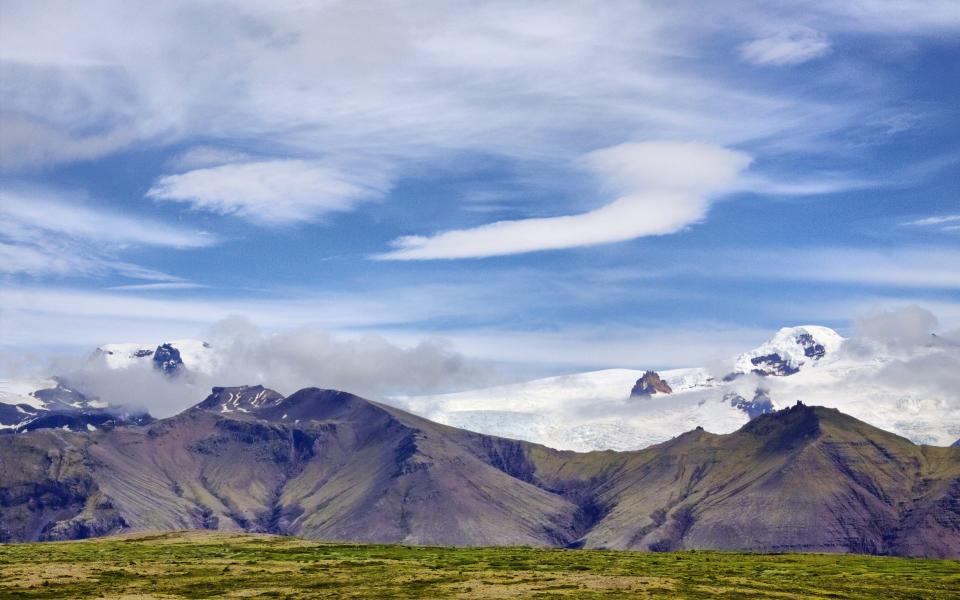
Northern Lights
Iceland is one of the best places in the world to watch the aurora borealis (the northern lights), but that does not mean they are easy to catch: their appearance relies on a number of different factors ranging from cloud cover and temperature, to the phase of the solar cycle. Overall, the best time to see them is in the colder months – between September and April – and the best locations are the ones with the least light pollution. Not that you can’t see them in Reykjavik, but guided tours tend to whisk visitors out to more remote areas – you can even head out to sea to try to spot them from a boat. Northern lights tours cost from £37.84pp (00 354 580 5400; re.is).

Landmannalaugar
Located in the remote highlands of the Icelandic interior, and technically part of the Fjallabak Nature Reserve, Landmannalaugar is a geothermal wonderland whose jaw-dropping scenery includes lava fields, glaciers, hot springs, glacial river valleys, black sands and waterfalls. Public buses and camping facilities make the area accessible in summer, and it is also the starting point for one of the best treks through the highlands – the 34-mile Laugavegur schlep to the Thorsmork Valley nature reserve. This hike passes through an ever-changing landscape of volcanic plains, obsidian and rhyolite mountains, and freezing rivers; there are huts for shelter and sleeping along the way, but you will need to bring your own food.
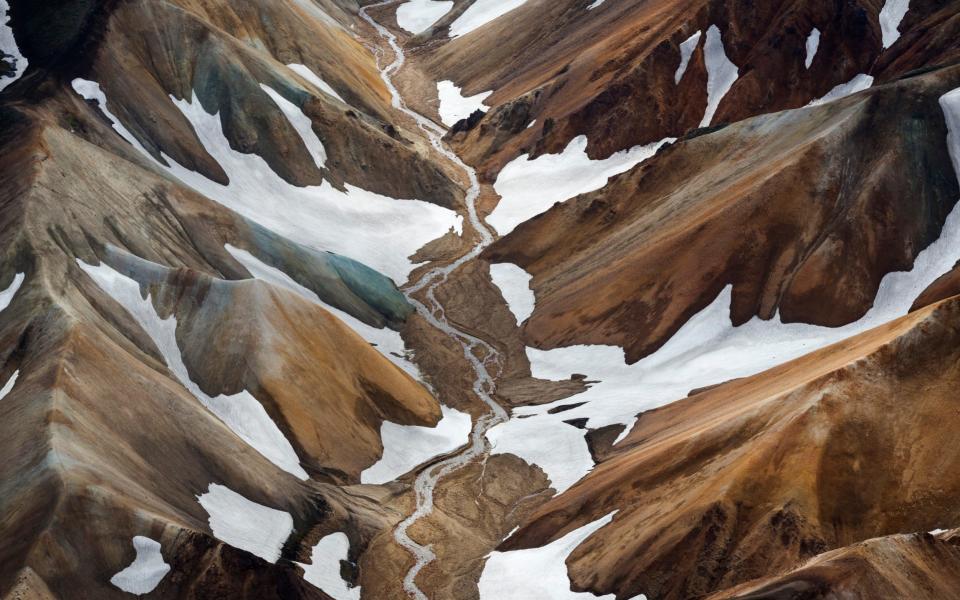
Reynisfjara Beach
Iceland boasts a number of volcanic black-sand beaches, but Reynisfjara is one of the best known. Sat on the south coast, close to the small but charming town of Vik i Myrdal, its sands are famously framed by towering basalt columns (Reynisfjall). Slightly out to sea sits yet more eye candy in the shape of the 217ft-high sea stacks known as Reynisdrangar – said to be former trolls who tried to snatch a ship from the ocean but turned to stone when the sun rose. A slightly more realistic danger to be aware of are the sudden and strong waves that sweep the shore here: several tourists have lost their lives this way, so be very careful and follow the rules when visiting.
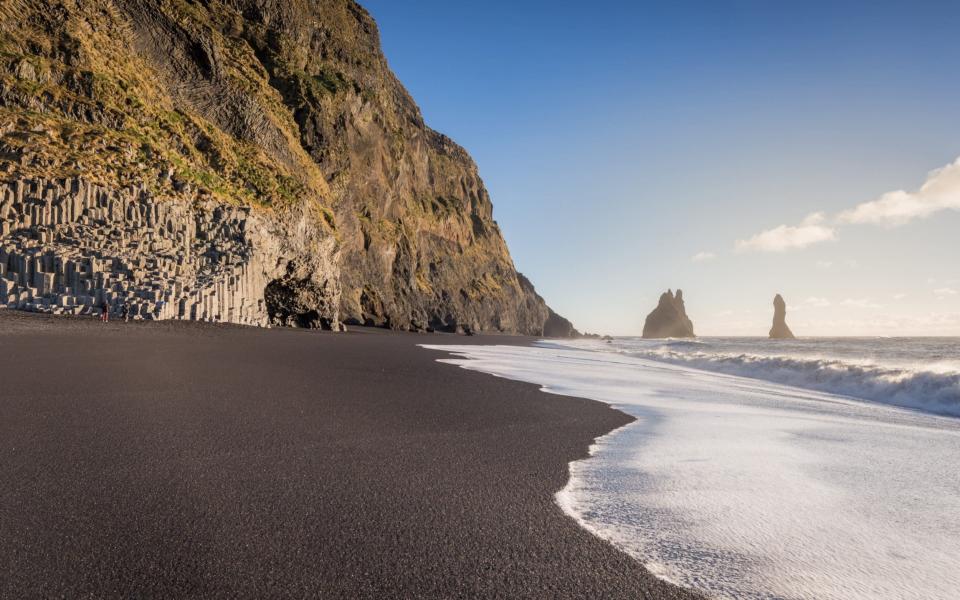
Hornstrandir Nature Reserve
Even by the secluded standards of the Westfjords, this nature reserve feels remote. Located towards the northernmost tip of the country, the area has been uninhabited since the 1950s and visitors here are left to their own devices in the wild – think coastal cliffs, attractive waterfalls, mountains bluffs, teeming birdlife, the biggest colony of Arctic foxes and the occasional whale. It is possible to do a day trip from Isafjordur, but more serious hikers can catch a boat from Norourfjorour. Note that if you plan to stay, you will need to pack your own food and a tent, as well as clothing for inclement weather – even in summer (westfjords.is).
Whale Watching
There are several locations around the country where you can try your luck at spotting whales. Reykjavik is the most practical and convenient, with a chance to see minkes and humpbacks, as well as dolphins and porpoises. The Snaefellsnes peninsula is a popular area to spot orcas (killer whales), and the scenic Westman Islands are a good bet, too – you can also see puffins here. The “whale capital of Iceland”, though, is the fishing village of Husavik, in the north. Its bay (Skjalfandi) draws up to 23 species, including humpbacks and blue whales; there is also a 72-ft skeleton of a blue whale in the local museum. North Sailing offers whale watching tours from Husavik, £63pp (00 354 464 7272; (northsailing.is).
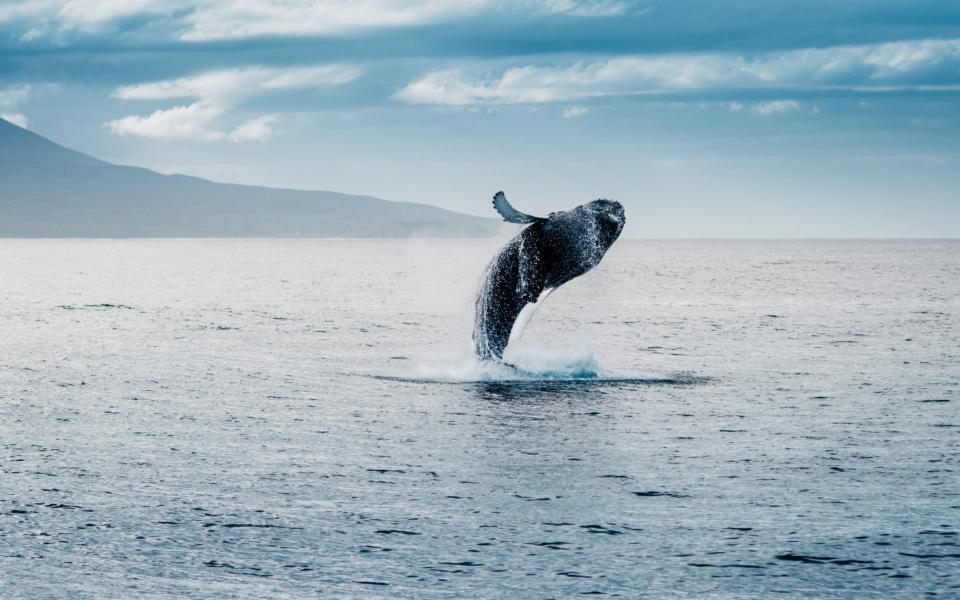
Reykjanes Peninsula
Anyone who has arrived in Iceland via Keflavik International Airport will be familiar with the moss-covered lava landscapes of the Reykjanes peninsula. A Unesco Global Geopark since 2015, the peninsula is even more compelling up-close than it is from above, dotted with craters and caves, cliffs, mud pools, and beaches. A day trip around here can take in the “Bridge between two continents” at Sandvik (where the Eurasian and North American tectonic plates are drifting apart an inch or so each year), twisty lava formations at Katlahraun, and remnants of ancient settlements at Eldvorp. It is also home to Mount Fagradalsfjall, which is currently erupting (visitreykjanes.is).
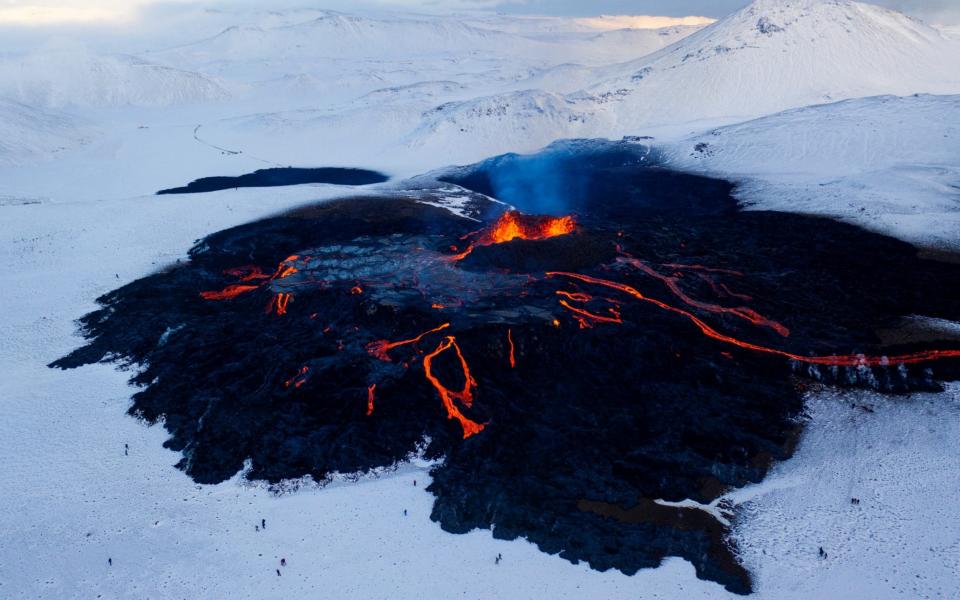
Flatey Island
Located between the Snaefellsnes peninsula and the Westfjords along the west coast, the tiny island of Flatey is the ultimate picture-postcard destination. Set in the scenic Breioafjorour fjord, it is mostly home to a few resident farmers, their sheep and abundant birdlife. Come summertime, the island bursts into life as locals come and open up their colourfully painted summer homes, and day-tripping tourists drift gently over on the Baldur ferry from Stykkisholmur. Aside from watching the mellow puffins, dodging the more aggressive Arctic terns, visiting the old church, and enjoying a spot of lunch or a slice of cake at the local restaurant, there is not much else to do here – except soak up the magical and timeless atmosphere. The island can be reached by ferry from either Stykkishólmur or Brjánsl?kur; from £40pp return (00 354 332 254; seatours.is).
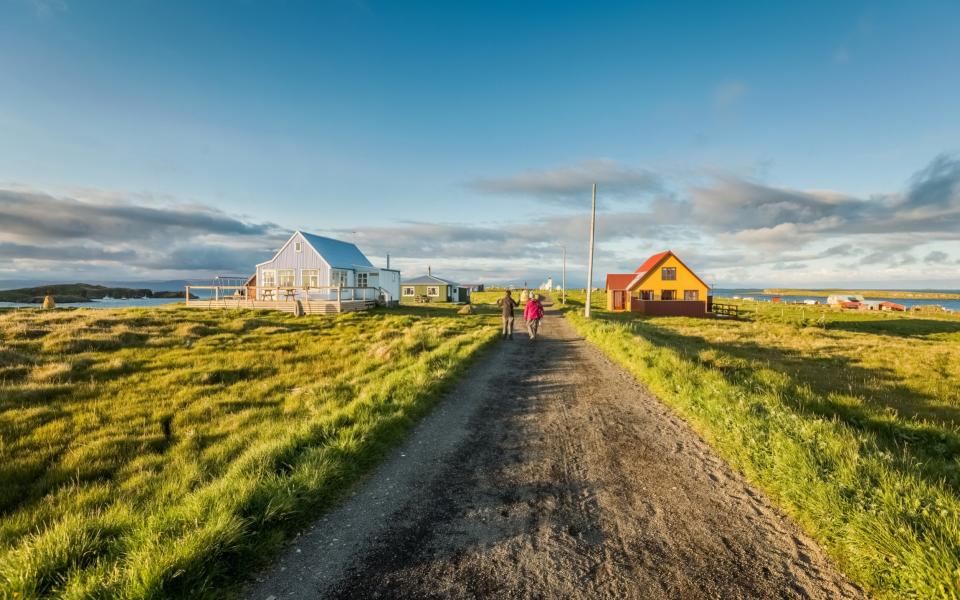
Trollaskagi
The “Troll peninsula” can be found north of Akureyri, along the north Icelandic coast. Known for its tall mountains and plentiful horse farms, it is a local haven for all kinds of activities, from skiing (including backcountry skiing, cat-skiing, heli-skiing and ski mountaineering) to golfing in the midnight sun (there are three courses), horse-riding and whale-watching (Eyjafjordur). There is also some serious hiking to be done, thanks to some of the highest mountains in the region, including Dyjafjallshnjuk and Kvarnardalshnjukur, which are both over 4,590ft high. From here, it is also not far to Lake Myvatn (visittrollaskagi.is).
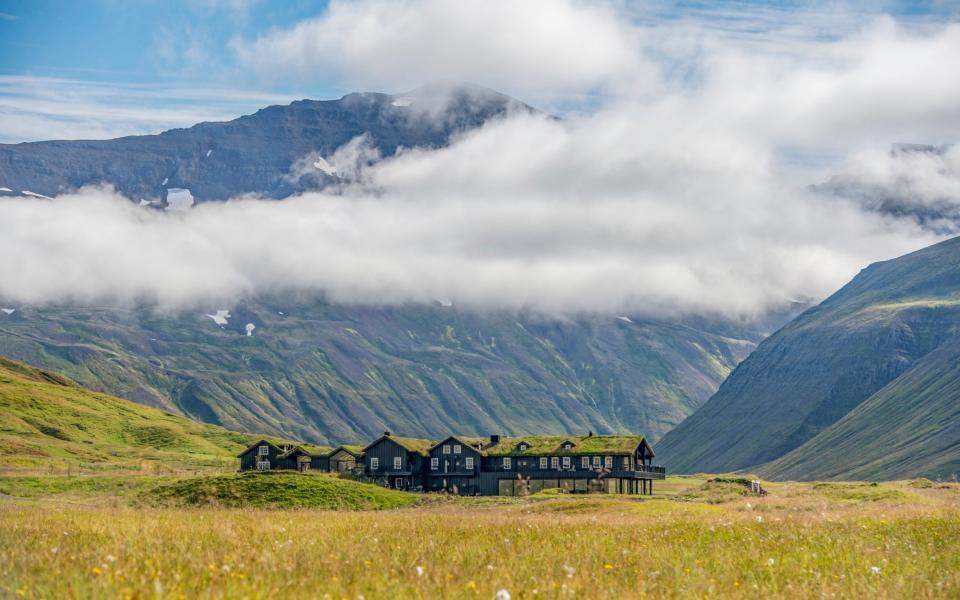
Westman Islands
The Westman Islands, located off Iceland’s south coast, are a mini-universe unto themselves. Comprising 15 different islands plus 30 rock stacks, they are mostly famous for drawing the largest population of nesting puffins in the world – more than 10 million nest in the cliffs, crags and sea-stacks between May and September, along with other bird life. It is possible to spot whales in summer (minke, humpback, orcas) and visit the world’s first beluga whale sanctuary in Heimaey, which also has the Eldheimar Museum and Eldfell Crater, revealing more about the 1973 volcanic eruption. The ferry from Landeyjahofn is the most popular way to reach the islands, with seven scheduled trips a day; from £25 return. Day tours from Reykjavik are also available; adult £230, child £207 (visitwestmanislands.com).
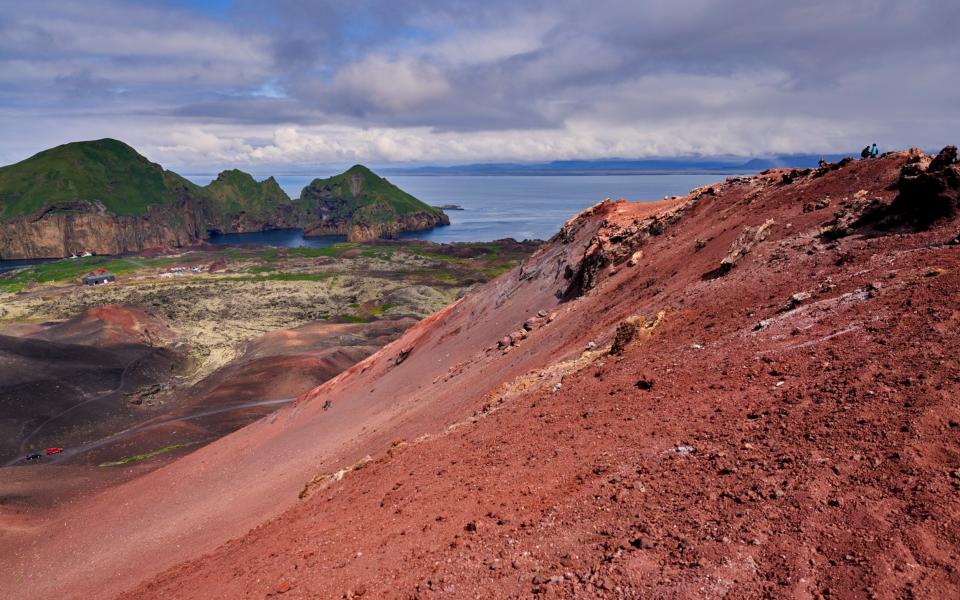
Grotta
The bustling capital of Reykjavik is not short on natural charms, either. One particularly memorable experience is a walk out to Grotta, a nature reserve at the tip of Seltjarnarnes peninsula, just west of the city. The reserve serves as a bird sanctuary (Arctic terns, tufted ducks), has a charming lighthouse that dates back to the 1940s and is characterised by black sands and a rugged, rocky coastline. Sunsets here can be spectacular, and in winter it is a decent spot for viewing the northern lights due to lower light pollution; you can enjoy both while dipping your feet into a geothermally heated footbath. The walk takes about one hour; be sure to check the tides to make sure you don’t get stranded on the spit (visitreykjavik.is).
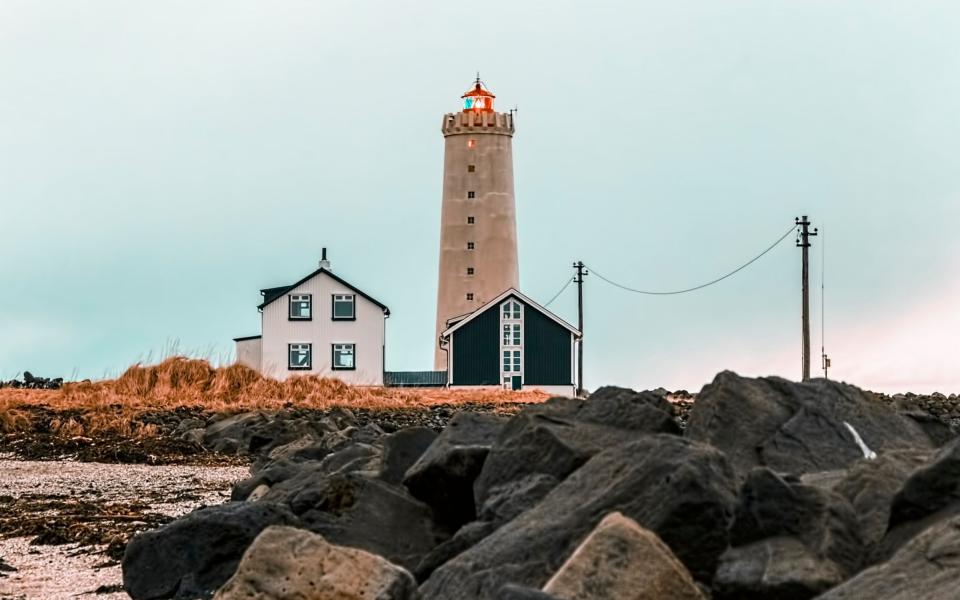
Ice Caving
Ice caving is one of the quintessential Iceland activities, and there are plenty of opportunities to try it for yourself. Less physically exhausting than skiing and hiking, it gives visitors the opportunity to return with exquisitely beautiful images of crisp blue ice and pleasing natural sculptures. Glacier caves are the best looking and are generally only accessible in winter, with tour companies constantly scouting out new ones. Helmets, crampons and other necessary equipment are also usually provided. Just remember to bring warm clothes and decent footwear with you. Tours cost from £114 adult, £86 child (adventures.is).
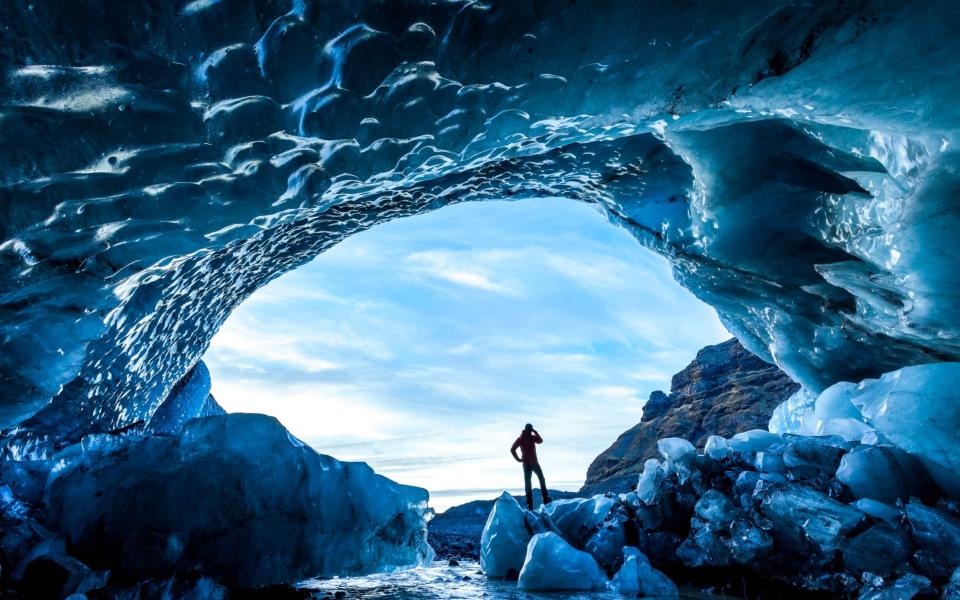
There are travel restrictions in force throughout the UK governing trips both within the country and abroad. For more information, see our advice on holiday bookings during the pandemic. Feeling inspired? See our complete guide to the best hotels in Iceland.